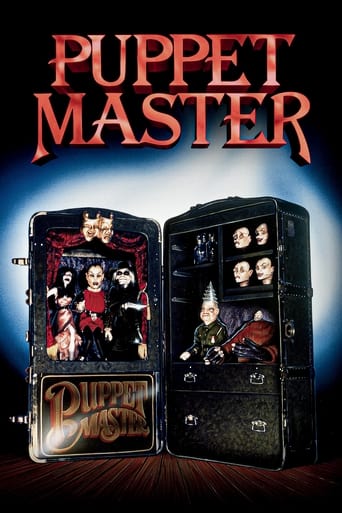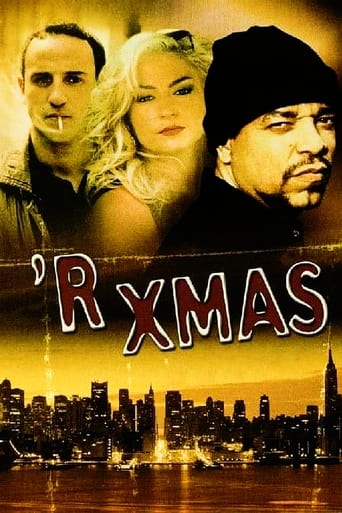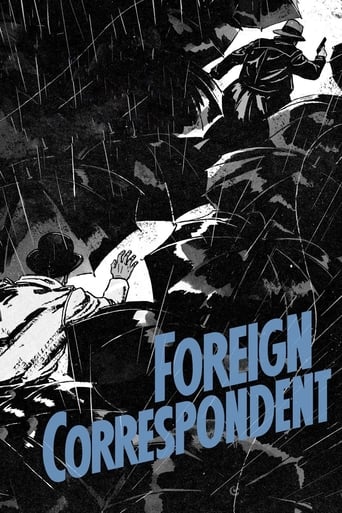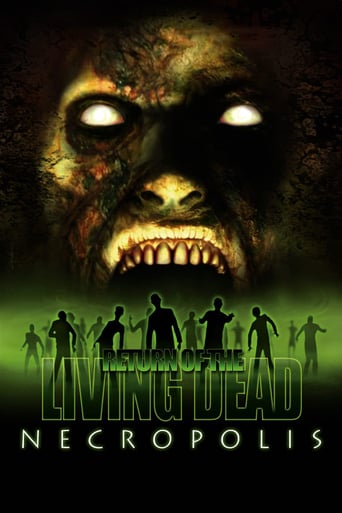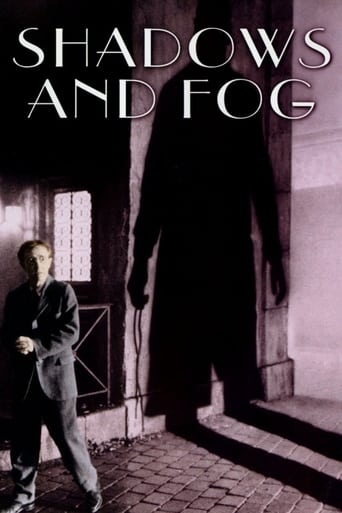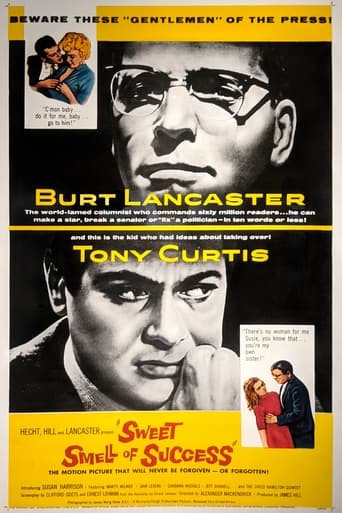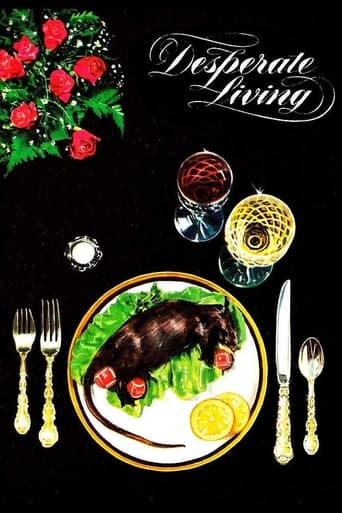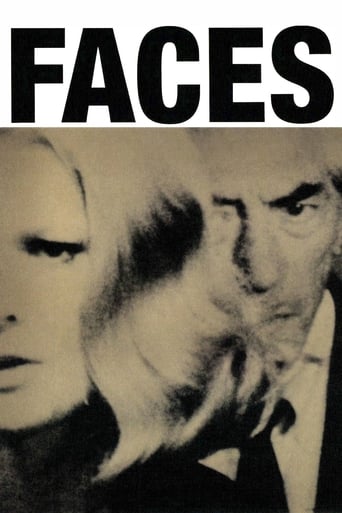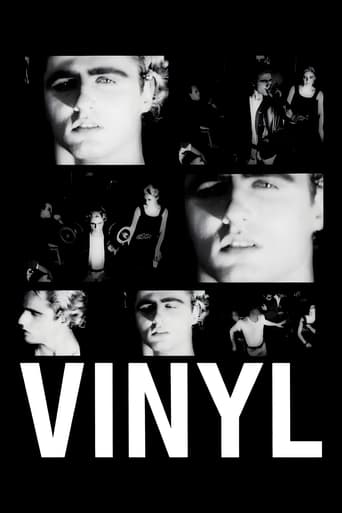


Vinyl
Andy Warhol’s screen adaptation of Burgess's "A Clockwork Orange”.
-
- Cast:
- Gerard Malanga , Edie Sedgwick


Similar titles

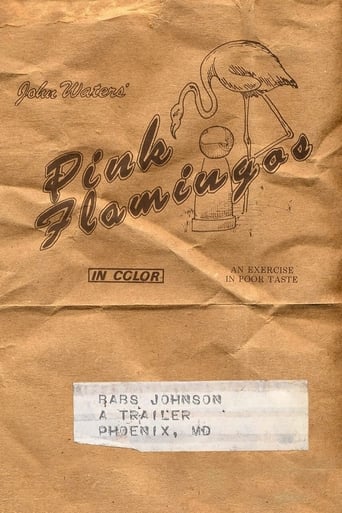

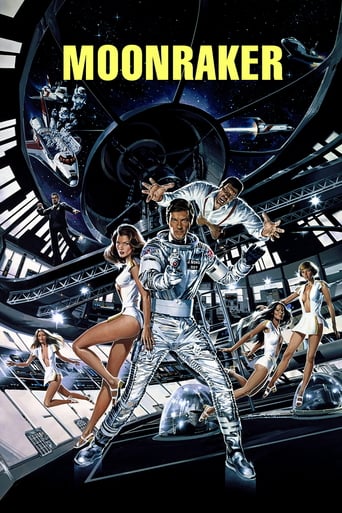
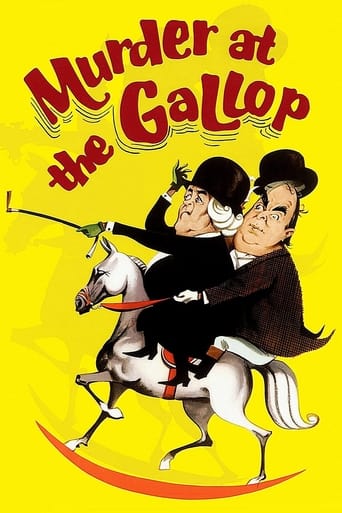
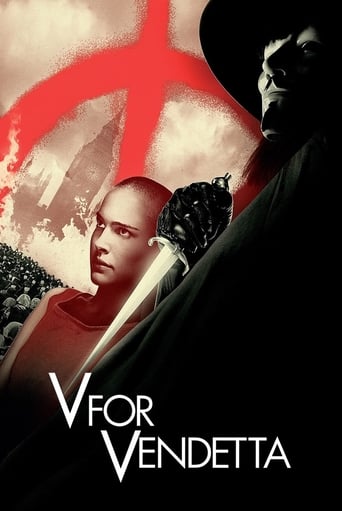
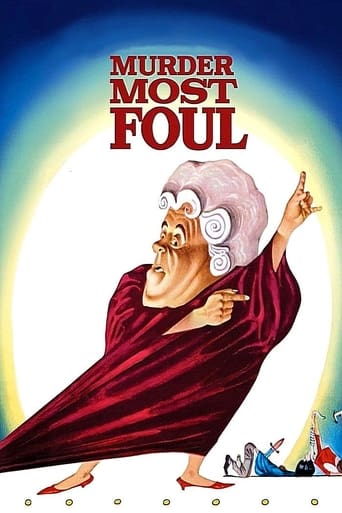
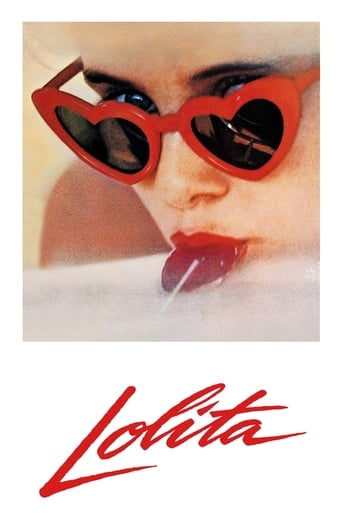
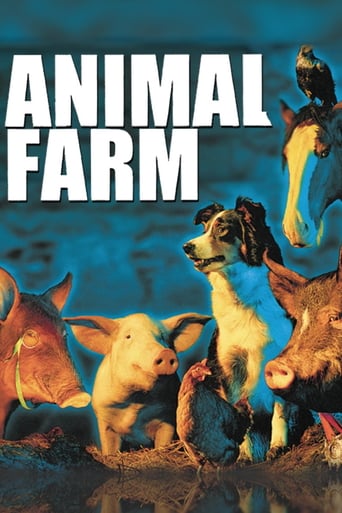

Reviews
You won't be disappointed!
Pretty Good
One of my all time favorites.
Excellent, Without a doubt!!
Andy Warhol very very loosely adapts "A Clockwork Orange". Gerard Malanga tells us all how much of a juvenile delinquent he is and then furious dances to Martha and the Vandellas while Edie Sedgwick watches. Then Ondine, playing his buddy Scum Baby, turns him in to a cop who has been sitting in a chair and laughing the whole time. The cop turns him over to a doctor who tortures him, which seems to be a real S&M kinda deal ... no faking. Malanga is reformed. All of this happens on one set with the whole cast present the whole time. At just over an hour long, it's way too long ... but the peak moments, like Malanga's dance or any randomly selected minute of Sedgwick sitting on the sideline, make the whole thing worth watching.
"When I used to...do those things, it made me feel very good." Being an early (very loose) adaptation off of Anthony Burgess' dystopian novel 'A Clockwork Orange', Andy Warhol's 1965 American dirty, ragged black-and-white experimental film 'Vinyl' shot entirely on two thirty-three minute unedited reels is quite actually, though cheap and unrehearsed, rather ambitious. Featuring such songs as "Tired of Waiting for You" by The Kinks, "The Last Time" by the Rolling Stones, "Shout" by the Isley Brothers and, most notably, "Nowhere to Run" by Martha and the Vandellas (and danced with hyper head-bobbing and hair flailing by Factory regular Gerard Malanga as lead uni-browed Droog-greaser Victor) push the film forward more than the characters do, making up for the terrible acting. Though the film is endearingly testing, with other regulars including Robert Odine and a silent but sexy Edie Sedgwick seductively lazing about at the right side of the screen throughout, smoking and dancing, the shot lingering continuously as the voice audio is reverberating off of the studio walls, almost indiscernible. Fans would probably have a hard time at first recognizing the story best adapted by Kubrick amid Warhol's static mise-en-scène and the stilted, halting performances of his untrained actors. What makes this particular one worth seeing out of his many other works? Let's take a look.What makes it worth seeing perhaps just once or for study, despite the many other shorts Warhol had concocted before or after, is how it particularly stands out due to how it presents the series of images within the construct of its running time: sniffing poppers, JD flickers and SM masks per government-sanctioned torture and masochism to rehabilitate a bare-chested Victor, thus brainwashing him and sapping him also of his free will. Bearing many aslant hallmarks to Warhol's other works, this film can be disturbing, haunting, bleak and downright violent at times. In Warhol's version of the story, form and content are truly interwoven together. If Burgess' novel is a parable on the dangers of removing free will, Warhol sets this story in a framework within which the viewer has near-complete freedom. Not audience-friendly and tediously demanding, this cheap cinematic rendition, the polar opposite prior to Kubrick's deranged but brilliant futuristic masterpiece six years later, is certainly a must for experimental film buffs or underground cinema fans to go and check out. This is an alienating, attitude-based cinematic piece, providing no easy pleasures whatsoever. By replacing the conventional narrative drive with a cluttered mise-en-scène of inexperienced bodies on screen, Warhol achieved unusual effects not often seen in film, and certainly not in the (ostensibly) narrative venue of cinema. 'Vinyl' goes past the absurd and enters into the thin realm of which this avant-garde demands to be seen for regarding its dreamlike pacing and unrestrained energy of pure voyeurism, claustrophobia and daring progressiveness.
This footage is little more than a filmed rehearsal in a corner of a warehouse. Warhol demonstrates the 'less is more' mantra to an unplumbed basement of embarrassment. This vision of Warhol's really has nothing to do with the medium of film, and all that is learned is that he was very spoiled to have the resources in order to make this, for there are bound to be more important artists and concepts (and even adaptations) that went un-filmed in this era of early experimentation.Warhol fills a stage with the cast, and we can only sympathize with them, for their talents are criminally obstructed by the moronic limitations imposed upon them. With presumably only the source text (a novel) to go by (for who would argue that any useful screenplay was written?), the actors go about filling out the bare guidelines of the inappropriately treated material. Warhol, like a spoiled child, asks so much of his cast while giving so little; and beyond that, he almost seems to obstruct or minimize the source material.Given this, the performers do what they can when they can, and without them, this film would have nothing to give. Warhol's demonstrated contempt for cinema acts as a saboteur; the performers at the mercy of his nonconstructive (mark it, not 'de-constructive') approach, and we are forced to watch them feel for cues, lines and staging directions. Shamefully, it is left for them to stick their necks out. Warhol, like a selfish undergraduate, seems to hide childishly behind the camera – the very last place any true artist would escape to.Carillo, Latrae and particularly Malanga are victorious even with these enormous obstructions (not, I argue, because of them). Their lines are delivered fairly robotic-like and sporadically; a rhythm is established because of this, but it abandoned well into the 'second-reel'. Here we are treated to some off-camera sadism, while even the most hardened of extras (E. Sedgewick for example) remain distant, unmoved and as bored as anyone else involved: actors and audience alike. When the cast display indifference and the director promotes his carelessness, we are only left with spectacle. Even there, 'Vinyl' has little to give. The highlight of the film (or at least the most memorable set piece) is that of Malanga dancing to 'Nowhere to Run'.Twice.Following this there is a smattering of whipping, strapping, beating and struggling. The film then descends into further unscripted stumbling and ramblings. Most of it stays in frame.I can't see what Warhol gave us with this film. The narrative is lost, the actors are maltreated, and the production values do more harm than good. Warhol fails on virtually all grounds here – the real kudos needs to go to the performers. This film is a very selfish one, spawned from a selfish, lazy director.
Warhol's adaptation (for lack of a more shambling word) of Anthony Burgess' A CLOCKWORK ORANGE begins with a giant closeup of the glowering droog antihero, then moves backward to reveal him narcissistically preening while a crowd of poshy socialites sits blithely by. If this sounds familiar, it's because it's the same opening Stanley Kubrick designed for his version of the book--except that Warhol, working on a sub-Z budget, could only zoom backward, not track.VINYL is staged in what seems to be a corner of Andy's Factory loft, where a knot of S&M kidnappers, languid dilettantes, plainclothesmen and JD's act out Burgess' fable of a thug's "cure" through mind control. The moralizing of Burgess' novel gets instantly burned away in the wake of a kooky combination of elegant minimalist mise-en-scene, rough-trade heavy breathing, and the usual Warholian giggling at seemingly blithe freaks and damaged goodsSome of the picture lags under the burden of Ronald Tavel's clunky sixties-off-Broadway writing, but the first sequence is sheer amazement--climaxing with the droog Gerard Malanga's motto-delivering monologue (a pinnacle among Warhol is-this-supposed-to-be-bad? scenes) and his nutty chicken dance to Martha and the Vandellas' "Nowhere to Hide"--played all the way through, twice. (The start-up of rendition #2 gets the movie's biggest laugh.)As always in Warhol, the stasis of the image gives the picture the feeling of a window onto eternity. And the combination of extreme glamour and fox-in-the-henhouse cruelty, framed in compositions that recall heads in a vise, suggests the excitement this work must have had for an ambitious young Bavarian actor-playwright named Rainer Werner Fassbinder.

